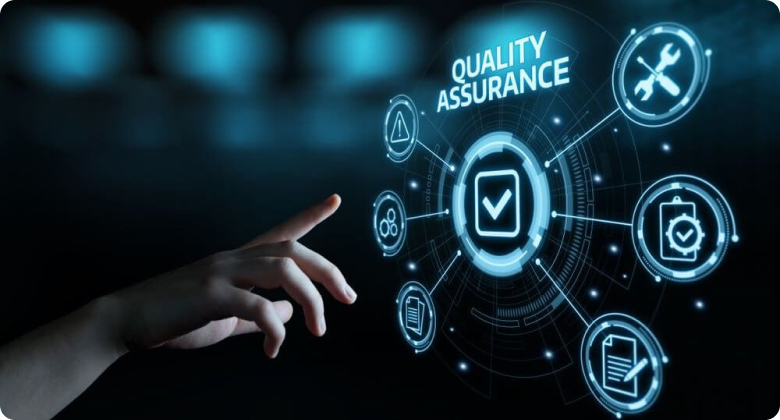Website verification is part of credibility online. As more business and communication moves proper verification of websites is a priority for users and website owners alike. It serves several purposes – it aids cybersecurity efforts and assists compliance in some industries. Website verification grew in prominence in the 1990s and 2000s as ecommerce and internet usage exploded. Early verification relied on manual review and simple domain authentication. But as threats are sophisticated, verification techniques.
Today website verification is indispensable for organizations with an online presence. Common verification methods include HTTPS encryption, SSL certificates, domain authentication, and recognized trust seals like those provided by Norton and TRUSTe. For many companies, website verification is the first step in establishing credibility, and the site is safe and secure.
Emerging technologies
Several emerging technologies promise to enhance and automate parts of the website verification process in the coming years. Here are three key developments to watch:
- Machine learning – ML algorithms continuously monitor sites for changes and anomalous behavior that might indicate fraud. It allows for ongoing verification rather than just periodic checks. ML also helps automatically detect spoofed or imposter sites passing themselves off as legitimate brands.
- Blockchain – Blockchain provides a decentralized, distributed ledger trust and security for website domains and SSL certificates. Features like timestamping and records that are costly to forge bolster blockchain’s potential for verification.
- Automated tools – A new generation of automated 먹튀검증 scanners and verifiers utilize AI to identify vulnerabilities, check encryption protocols, and validate site ownership, and issue certifications and seals accordingly. Automating parts of verification and reducing human error.
Key challenges ahead
However, website verification faces barriers to further innovation and adoption. Here are two of the biggest challenges:
- Better identification of fraudulent sites – While improving, AI and ML still struggle to identify sophisticated phishing and impersonation sites. Further advancement is in natural language processing and computer vision to enhance verification capabilities.
- Incentives and regulation – Many website owners still lack incentives to prioritize verification, which seems complicated or expensive. Clear regulations and industry standards are to push further adoption. Data privacy also remains a concern.
Role of major tech companies
Major technology companies role to play in driving innovation and adoption of website verification technologies. Companies like Google, Microsoft, Mozilla, and Apple shape core infrastructure like browsers and operating systems verification capabilities.
For example, Chrome and Safari’s announcement of phasing out support for insecure HTTP websites in favor of encrypted HTTPS protocols is a step forward. Meanwhile, browsers’ visual cues like padlock icons and color-coded warnings on insecure sites on verification status.
The current approaches to verifying SSL certificates are used by big tech companies and domain authorities. As champions of trust and privacy, spur upgrades like n certificates and emerging standards. Their scale also data and uses AI to identify vulnerabilities and fraudulent sites quickly and accurately. They are focused collaboration between companies, lawmakers, cybersecurity experts, and end users, the next generation of website verification level of trust and transparency on the internet. For any organization with an online identity, to stay on top of verification capabilities
.



